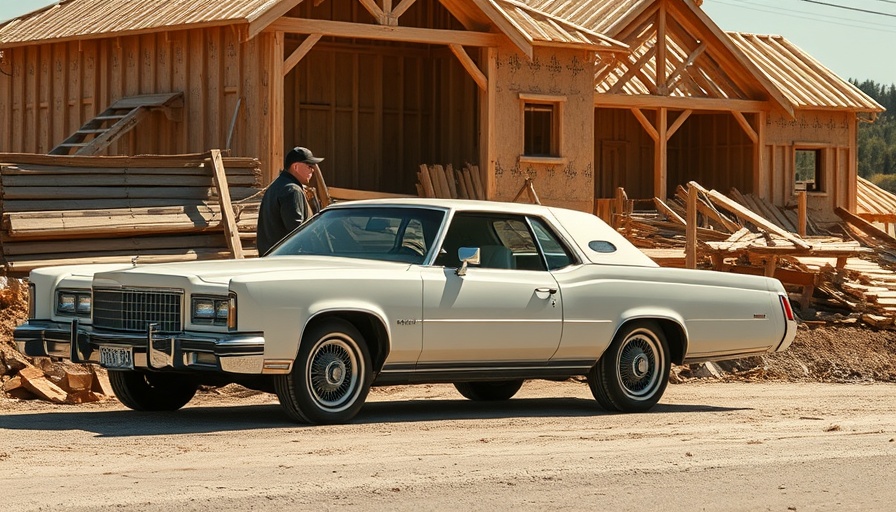
The Importance of the Underrated Fast and Furious Monte Carlo
When discussing iconic cars from the Fast & Furious franchise, most enthusiasts often gravitate toward the flashy exotics, like the Nissan Skyline or the various muscle cars that take center stage. However, a less glamorous character emerges in the series, one that embodies the essence of the franchise more than many of its flashiest counterparts: the 1971 Chevy Monte Carlo from Tokyo Drift.
In The Fast & Furious Car Everyone Forgot About, we examine the importance of a lesser-known vehicle in the franchise, highlighting its relevance to car enthusiasts and the broader automotive narrative.
The Authenticity of the Monte Carlo
Unlike its more polished colleagues, the Monte Carlo is a representation of authenticity and realism in the world of street racing. It's described as a vehicle that a humble high schooler could realistically drive—characterized by its lack of luxury features and a rough-around-the-edges vibe. Film creator Dennis McCarthy, who designed and built the car, wanted to showcase something that felt real. This decision aligns closely with the storyline and personal journey of the protagonist, Sean Boswell.
A Subdued Yet Significant Entry
First impressions matter, and the Monte Carlo makes a powerful statement right at the film's inception. Its appearance sets the tone for Sean's character; a kid from a small town trying to carve a niche in a flashy world. This rugged charm contrasts with the more extravagant cars that often capture the spotlight, highlighting the narrative's theme of resilience and determination.
Behind the Scenes: The Life of the Monte Carlo
One of the most unique aspects of this vehicle is its history post-filming. After Tokyo Drift, the Monte Carlo passed through the hands of multiple owners, reflecting the ups and downs of a real-life car culture. Each owner left their mark, changing its features and characteristics along the way. This car has survived many trials—much like its character, Sean, making it a true testament to endurance.
Reviving a Legacy
Recently, the Monte Carlo was brought back to life, with fresh fluids and a renewed spirit. Sporting a powerful V8 engine that evokes nostalgia for many car enthusiasts, it's a tangible piece of cinematic history that continues to captivate fans. As people flock to events and car shows featuring classic models, the Monte Carlo stands out—not for its polish, but for its story.
Understanding the Car Culture It Represents
The Monte Carlo transcends its mechanics; it symbolizes a movement of car enthusiasts who appreciate a build's authenticity over its appearance. Its unrefined look and powerful engine connect profoundly with those who have poured their hearts into such builds. For fans of the franchise, it reminds them that the heart of a racer is often found in resilience and grit, not just aesthetics.
Conclusion: What You Can Learn from the Monte Carlo
For those standing at the crossroads of car culture, the Monte Carlo teaches invaluable lessons. It's more than just a set of wheels; it's an inspiration for car enthusiasts, especially first-time buyers. In a world where flash often outshines function, this humble classic reminds us of the beauty of imperfection. Whether you're shopping for a new vehicle or dreaming of getting your hands dirty with a classic model, embrace the ethos: what truly matters is not how shiny the paint is, but the story that the vehicle carries with it.
Whether you're looking to acquire your first car or dive into the details of automotive culture, understanding vehicles like the Monte Carlo equips you with the insights to navigate the expansive and sometimes intimidating terrain of the automobile world. Keep in mind our car buying guide for first-time buyers and make use of vital resources, such as a used car buying checklist, as you engage with the buying process.
 Add Row
Add Row  Add
Add 




Write A Comment